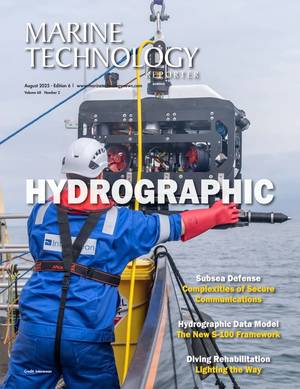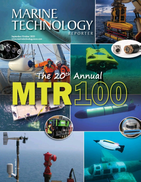
NOC Awarded $3.5m to Explore Expanding Ocean Desertification
kilometers per decade—an area equivalent to the Amazon Rainforest or the entire European Union.As global temperatures rise, scientists are concerned about the long-term impact of this expansion on marine ecosystems and the Earth's climate, which would reduce ocean productivity, affecting marine food webs and the ocean’s role as a carbon sink.The new project, called EXPAND, will focus on the Indian Ocean subtropical gyre, the least understood of these ocean deserts. It includes partners from France, USA, Canada and South Africa.Project lead and NOC senior scientist Dr. Mar Benavides highlights
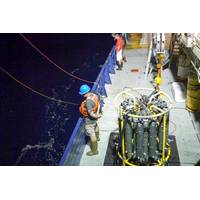
Climate Change is Changing Marine Phosphorus Cycles
50 years of nutrient data from the ocean collected as part of the Global Ocean Ship-based Hydrographic Investigations Program (GO-SHIP). They discovered that over the last half century, there’s been a major decline in phosphorus – a nutrient that plays a key role in the health of marine food webs – in southern hemisphere oceans.There can be cascading effects up the food web, said Gerace, as plankton forms the basis of many marine food webs.Concentrations of nitrate – a nutrient the team expected to decline – appear to remain steady. Nitrate is crucial for ecosystem
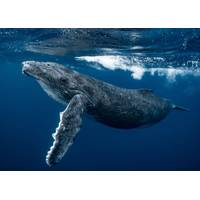
Mounting Evidence Shows Seismic Surveys Can Harm Marine Life
after exposure. The plankton continued to die off or suffer impaired development for several days. These effects, particularly in the case of exposure that is repeated over the course of months within a single area, have the potential to severely impact the plankton populations that underpin marine food webs.Difficulties in predicting impactsWhile the handful of available studies shows exposure to seismic surveys can harm animals, our ability to understand or predict what happens in the wild is still very limited.Part of the problem is conflicting results. For example, in one case, seismic survey
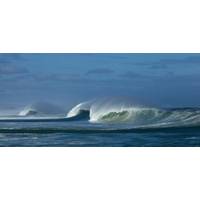
West Africa’s Oceans at Risk Because of a Lack of Monitoring
in had become corrosive to calcium carbonate – the building block for the skeletons and shells of shellfish and corals. The waters they farmed in had become corrosive to the shells of the sea butterfly, Limacina helicina, a delicate sea snail that is only 5mm across. The snail underpins key marine food webs that sustain herring, salmon, whales, seals, seabirds and other species.But in California, people who depend on the ocean for their livelihood are in a position to understand, anticipate and to some degree adapt to the impacts of climate change on the region. This is thanks to an extensive network
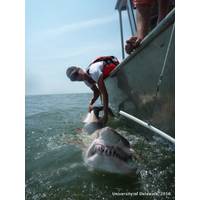
Scientists Reveal Sharks’ Surprising Social Networks
and how resources that humans depend on are distributed around the world.” Sand Tiger sharks, top predators that live in coastal waters off the Eastern United States, have experienced drastic population declines over the past several decades. Sand tigers are important regulators of marine food webs but have been historically understudied, according to Haulsee. In the summer, Sand Tigers congregate together in the shallow waters of the Delaware Bay, but little is known about their movements and how they interact with one another in the open ocean during the rest of the year, Haulsee
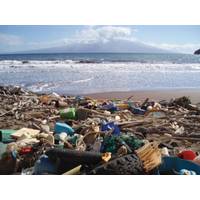
Report: Trash is Choking the World's Oceans
are 5.25 trillion particles of plastic litter. Tiny plastic particles, down to the size of a sand grain, have fanned out through the oceans and reach even remote polar regions. The researchers said the particles readily absorb chemical pollutants like PCBs, DDT and others, and these toxins enter marine food webs when ingested by fish and other sea creatures. (By Will Dunham, Editing by Eric Walsh)
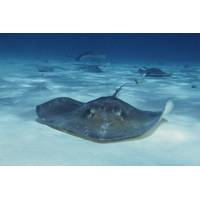
Sharks Rays & Chimaeras Now on Endangered Species List
around the world. Only 23% of these species are considered safe from extinction. This makes them the most threatened group of vertebrate animals. This is particularly alarming considering the huge ecological value of these predators, which play a crucial role in the top-down functioning of marine food webs. “Sharks, rays, and chimaeras tend to grow slowly and produce few young, which leaves them particularly vulnerable to overfishing,” says Sonja Fordham, President of the Washington, DC-based Shark Advocates International, a project sponsored by the Save Our Seas Foundation. &ldquo

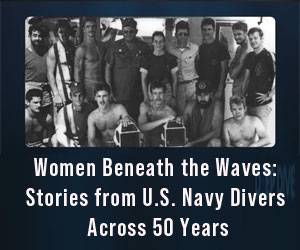
 August 2025
August 2025
